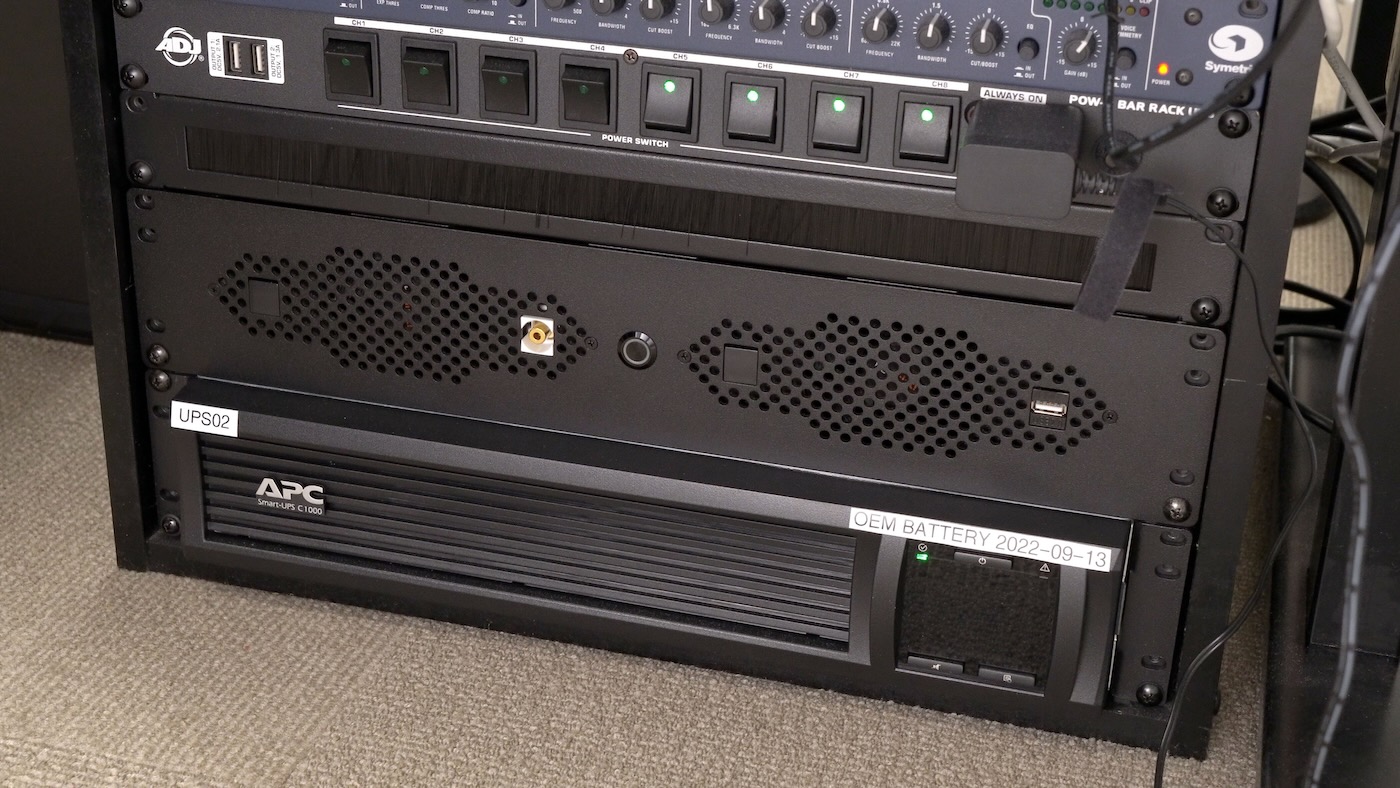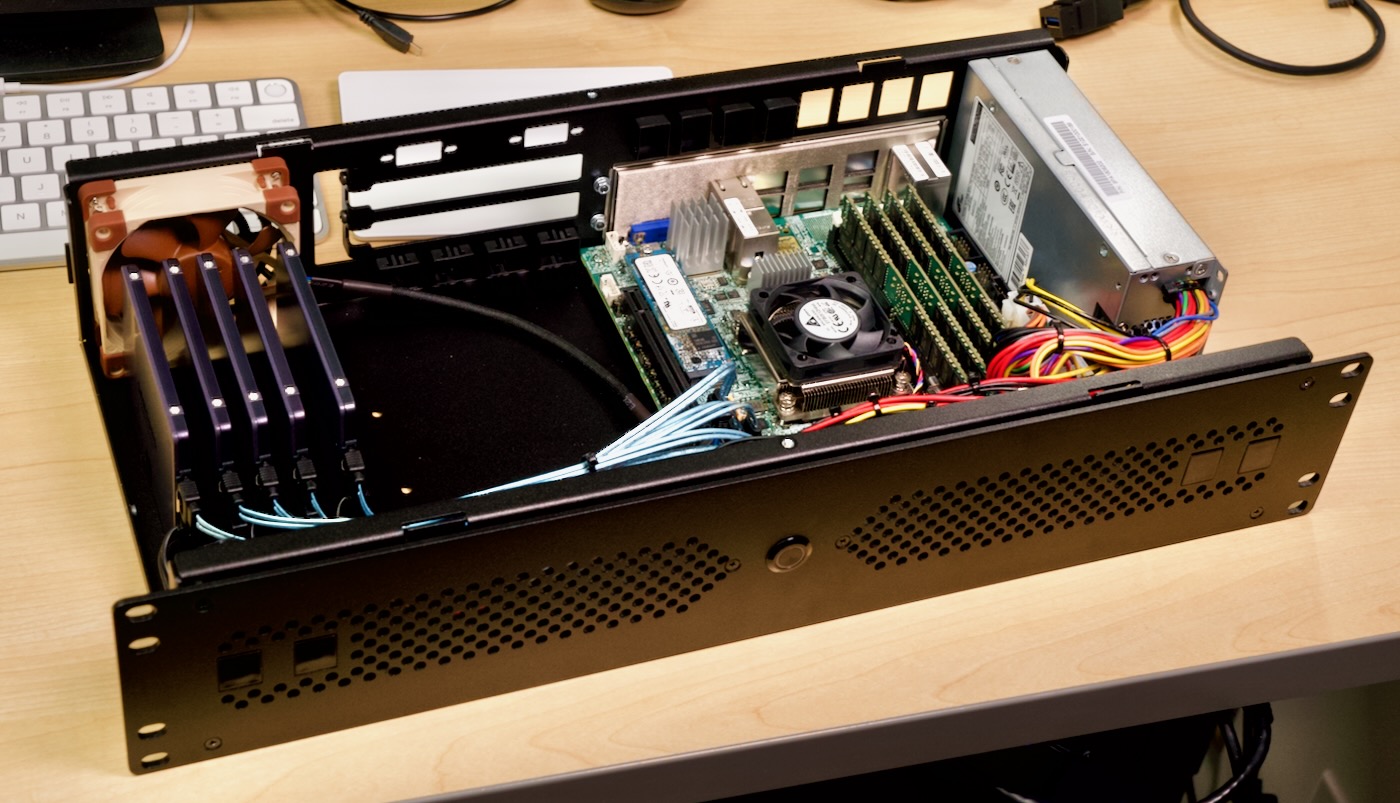Soundproofing my studio: what's in a wall?

Soundproofing is... kind of an art. It's not as simple as buying something and slapping on your walls. And the word 'soundproofing' is a bit of a loaded term.
You could mean deadening sound, so you can record podcasts with that signature radio sound. Or you could mean isolating a room from outside noise, which is an entirely different process. Or you could work on reducing resonance, echo, or just certain frequencies.
In my case, I wanted to build kind of a 'sound cocoon' in the middle of this space, so I could record any time, day or night, even if my AC is running.

